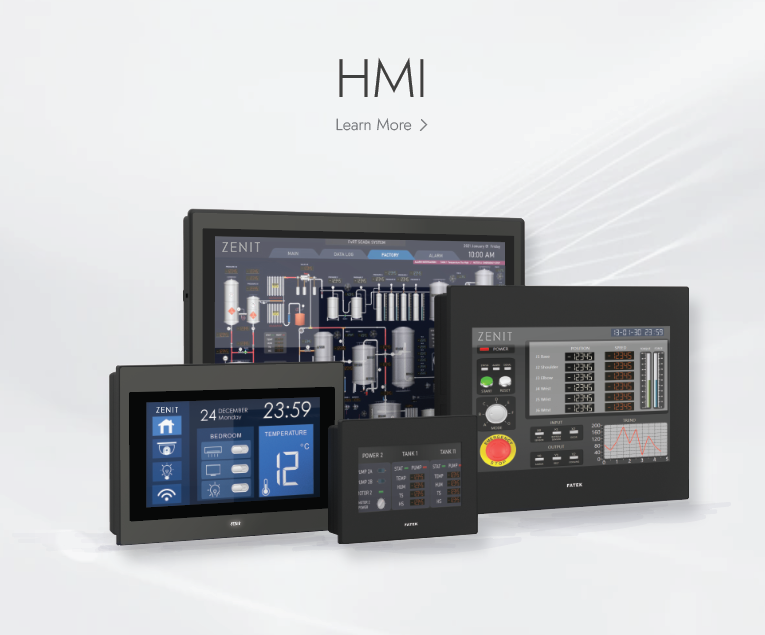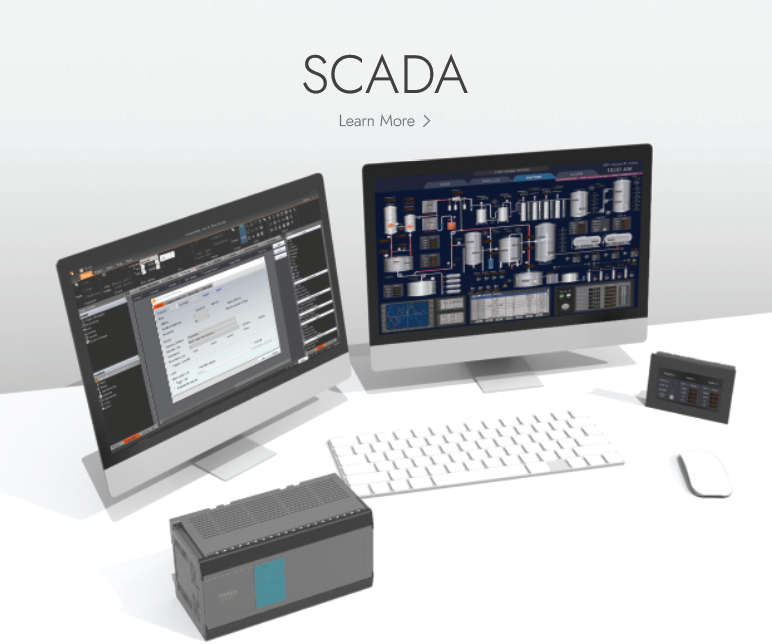

OVERVIEW

Elevator Control
With the increasing number of floors in buildings today, precise positioning of high-speed elevators to each floor relies heavily on the rapid computation and control of controllers. Through communication transmission between elevator controllers, the current floor of each elevator can be tracked at any time, and the optimal movement path can be calculated to assign the most suitable elevator to the required floor, achieving the goal of saving time and energy.
- High-speed Elevator
- Elevator System
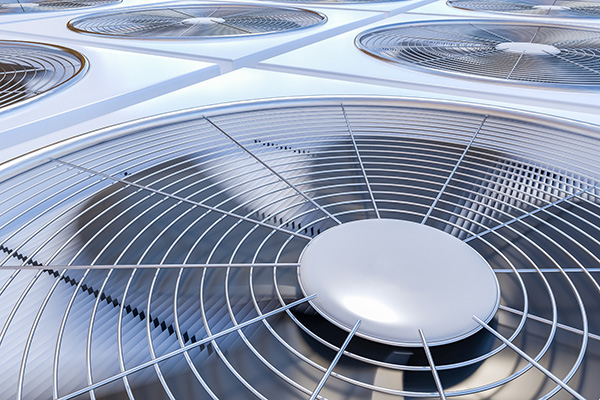
Air Conditioning System
In large building structures, central air conditioning systems are commonly used, where cooling and heating air are generated by central units and distributed to different floors and compartments. However, the actual temperatures and target temperatures in each compartment vary, meaning that different compartments require different intensities and volumes of cooling and heating air to achieve the set target temperature. The central air conditioning system must perform calculations based on the data sent back by sensors in each compartment, adjust the output power accordingly, and regulate the operation of the air blowers at each node through a controller to distribute the cooling and heating air. This ensures that the temperature requirements of each compartment are precisely met while reducing energy waste and achieving energy-saving benefits.
- Air Blower
- Cooling Tower
- Building Compartment
- Building Central Air Conditioning System
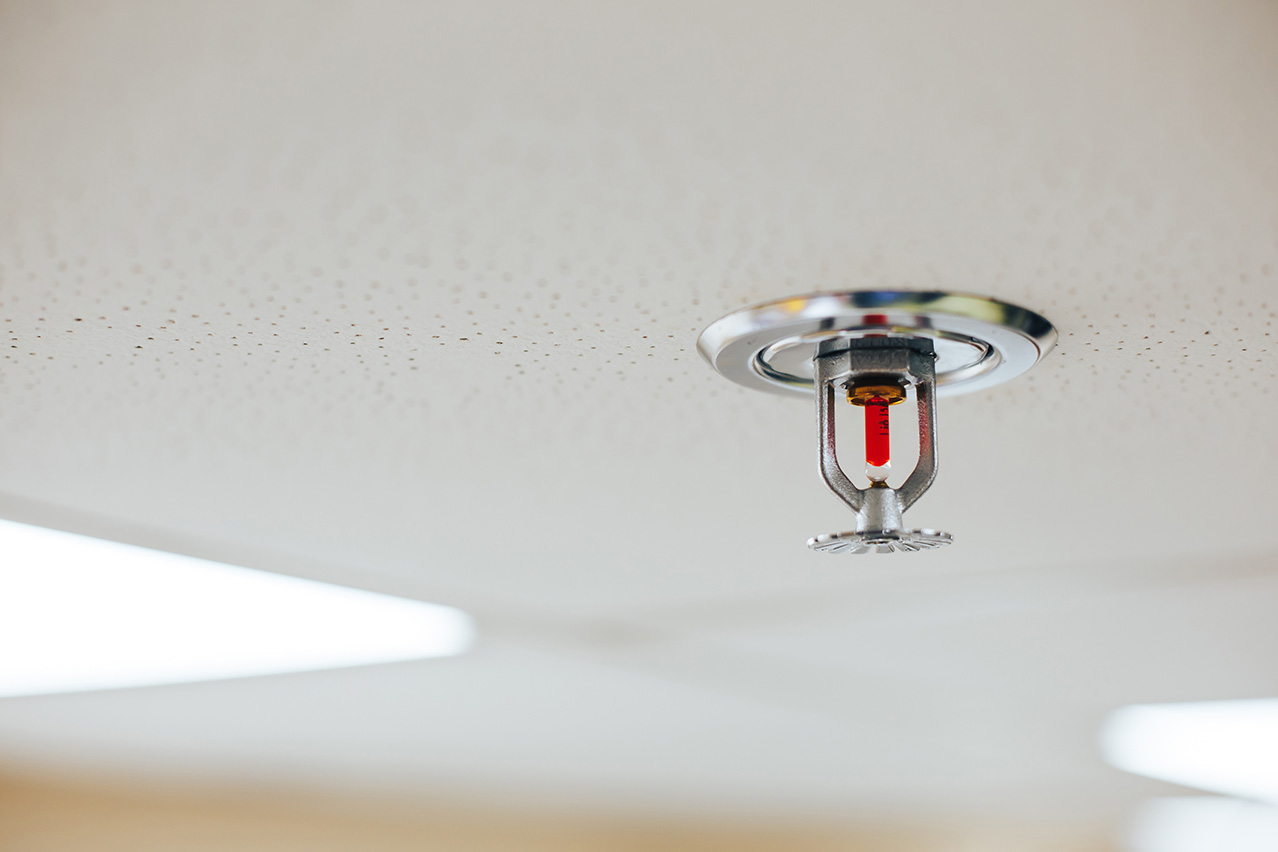
Smoke and Fire Detection System
In vertically expanding building structures, escape routes are further constrained, making the reliable operation of the fire protection system a crucial aspect of building safety. Node controllers continuously monitor the values transmitted by smoke and carbon dioxide sensors and relay the data back to the central monitoring center. When a sensor is triggered, the controller activates the fire sprinkler system while rapidly relaying the alarm information back to the central monitoring center. From there, the center sounds the alarm across the entire area and connects with the fire department for assistance. Through the cooperation of distributed and central systems, not only can rapid response to emergencies be achieved, but system reliability and safety can also be enhanced.
- Smoke Detection
- Carbon Dioxide Detection
- Fire Sprinkler System
- Alarm System
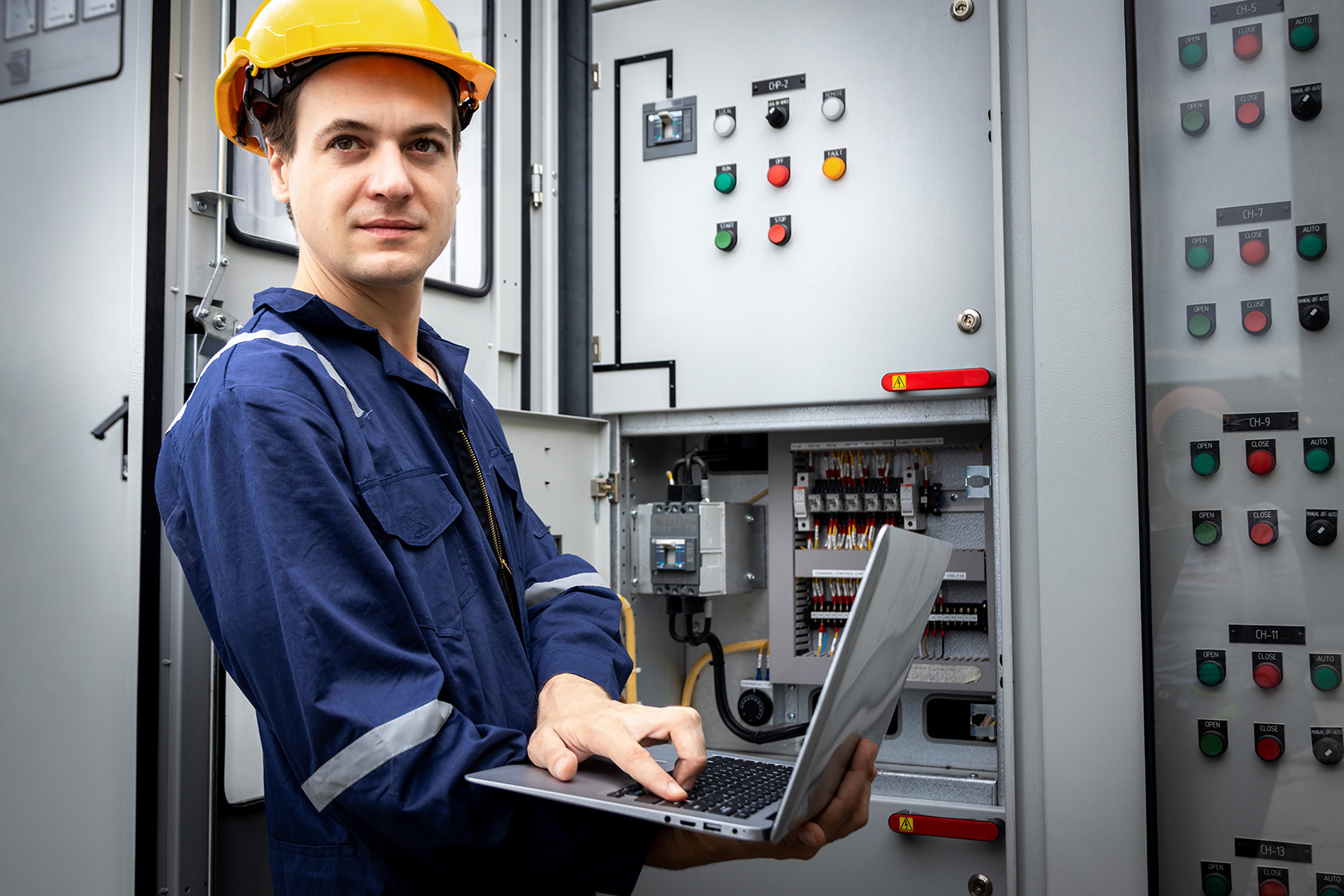
Energy-Efficient Circuit Control
Energy conservation is not only a trend but also a cost-saving method, especially for large buildings with extensive electrical systems. Energy conservation is a crucial way to significantly reduce electricity bills. Controllers use infrared sensors to detect whether there is personnel entering or leaving a space to switch lighting on or off, and they automatically cut off power to air conditioning and electrical systems based on personnel work hours to avoid wasteful power consumption during non-working hours.
- Automatic Sensor Lights
- Airflow Heating/Cooling
- Automatic Power-off Timer
TECHNOLOGY
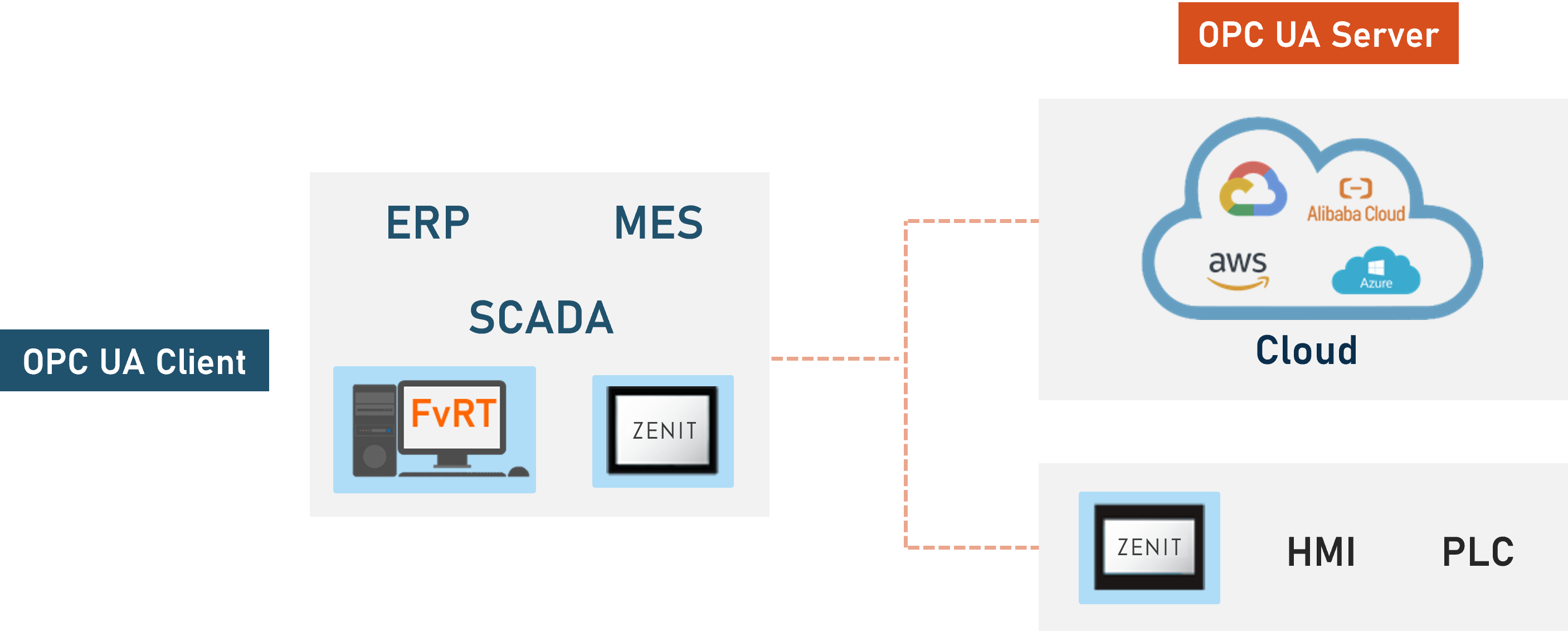 1231231311231
1231231311231OPC UA
OPC UA (OPC Unified Architecture) is a modern standard for data transmission in industrial networks. It provides secure and reliable communication between devices while being hardware- and platform-independent, allowing devices with different operating systems to communicate with each other. Through this communication standard,
HMI can achieve easy and fast data exchange with third-party vendor equipment.
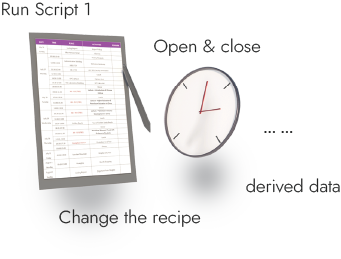
Scheduling
The scheduling function via a touchscreen allows users to trigger events at a specific preset time or dynamically change the trigger date and time at any time. The subsequent actions after the trigger event can include settings, clearing bits, writing values to registers, or executing scripts, enabling timed control.
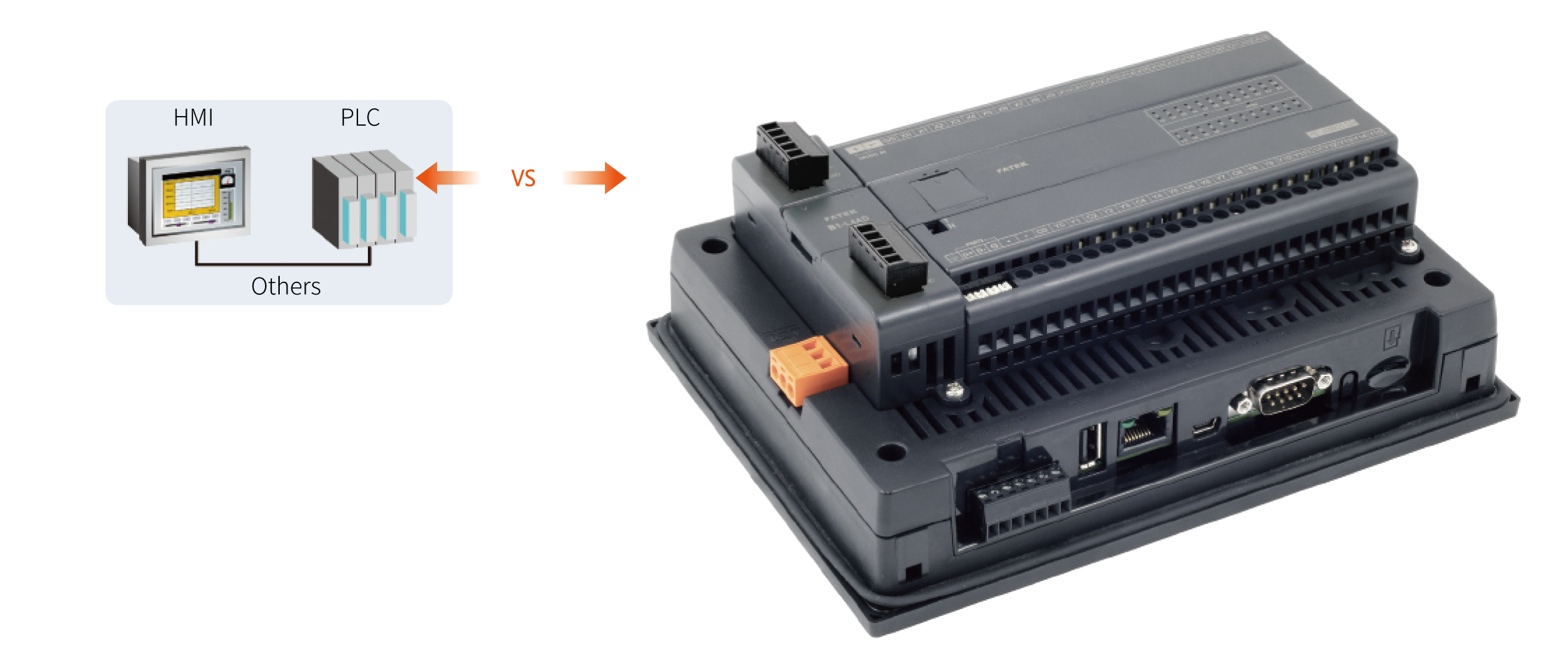 1231231311231
1231231311231Embedded PLC Design
By simply connecting the PLC directly to a slot on the back of the touchscreen, users can quickly complete the communication configuration, reducing setup time, saving on the cost of connecting cables, and minimizing system installation space.
ARTICLES

Landscape Light Control

